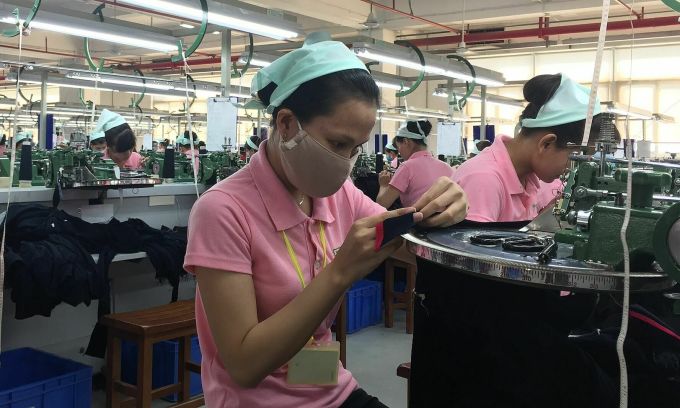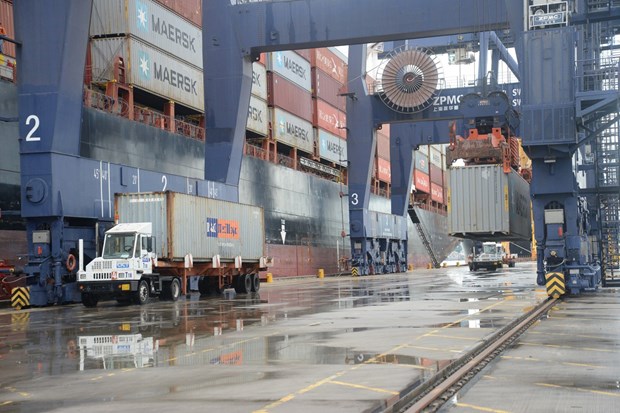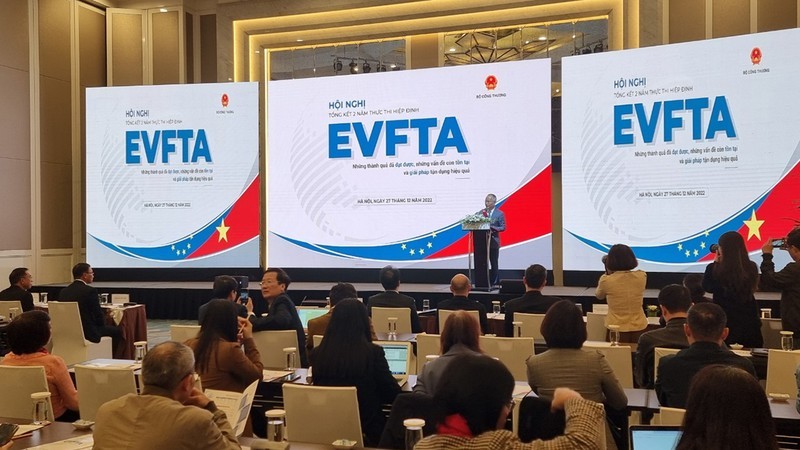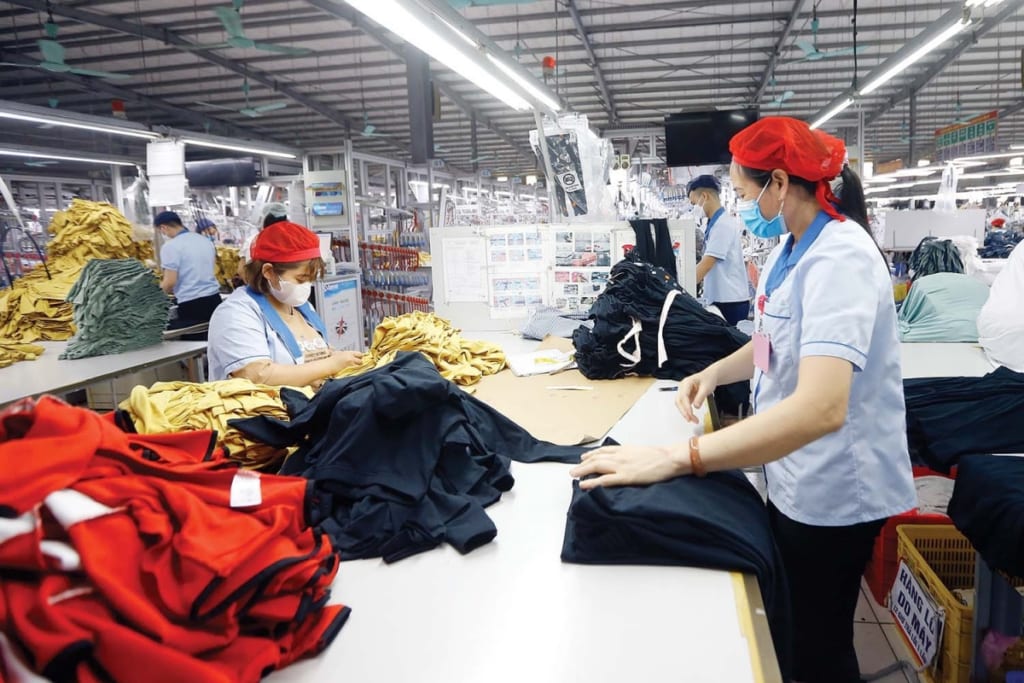
Introduction: Unlocking the Potential of a Low-Cost Workforce in Vietnam
The global marketplace is constantly evolving, and businesses are always on the lookout for cost-effective solutions that can boost their productivity and efficiency. One such solution that has gained significant attention is tapping into the low-cost workforce in Vietnam. Vietnam has emerged as a competitive player in the international labor market, providing skilled and cost-efficient human resources for a wide range of industries. In this article, we will delve into the advantages, challenges, and opportunities of leveraging a low-cost workforce in Vietnam. So, let’s explore the potential of Vietnam’s labor market and discover how it can benefit businesses worldwide.
Low-Cost Workforce in Vietnam
Vietnam’s labor market is characterized by its abundance of skilled and motivated workers who are available at a fraction of the cost compared to other countries. This presents an excellent opportunity for businesses seeking cost-effective solutions without compromising on quality. With a population of over 96 million, Vietnam boasts a diverse talent pool that covers various industries, including manufacturing, IT services, customer support, and more. The country’s educational system focuses on equipping students with practical skills, ensuring a well-prepared workforce that can meet the demands of global businesses.
Advantages of a Low-Cost Workforce in Vietnam
1. Cost Efficiency
One of the primary advantages of tapping into a low-cost workforce in Vietnam is the significant cost savings. Vietnamese workers are known for their competitive salaries, which are considerably lower compared to other countries in the region. This affordability allows businesses to reduce their operational costs while maintaining high-quality output, providing a significant competitive edge.
2. Skilled Workforce
Despite the low cost, Vietnam’s labor market doesn’t compromise on skills and expertise. The country has made substantial investments in education and vocational training, resulting in a competent workforce that can meet the requirements of various industries. Vietnamese workers are known for their adaptability, quick learning abilities, and strong work ethics, making them valuable assets for businesses seeking skilled labor at an affordable price.
3. Growing Technical Proficiency
Vietnam’s commitment to technological advancement has led to a significant increase in technical proficiency among its workforce. The country has witnessed rapid growth in the IT sector, producing a large pool of talented software engineers, web developers, and data analysts. This technical expertise, combined with the low labor costs, makes Vietnam an attractive destination for businesses looking to outsource IT services or establish offshore development centers.
4. Cultural Compatibility
Vietnamese workers are often praised for their cultural compatibility and ability to integrate seamlessly into international work environments. They possess a strong sense of discipline, respect for authority, and a willingness to learn and adapt to new cultures. This cultural compatibility greatly simplifies the process of building cross-cultural teams and ensures effective collaboration between local and international employees.
5. Favorable Business Environment
Vietnam has been actively fostering a favorable business environment to attract foreign investment and promote economic growth. The government has implemented numerous policies and incentives to support businesses, including tax breaks, streamlined bureaucracy, and infrastructure development. This proactive approach creates a conducive environment for businesses to thrive and maximize the benefits of a low-cost workforce in Vietnam.
6. Geographical Advantage
Vietnam’s strategic location in Southeast Asia offers several logistical advantages. Its proximity to major global markets, such as China, India, and ASEAN countries, makes it an ideal hub for regional operations. The well-connected transportation network, including seaports and airports, facilitates efficient supply chain management and
to customers worldwide. This geographical advantage further enhances the appeal of leveraging a low-cost workforce in Vietnam.
Challenges and Considerations
While a low-cost workforce in Vietnam presents numerous advantages, it’s essential to be aware of the challenges and considerations associated with operating in this market.
1. Language Barrier
English proficiency in Vietnam varies across the workforce, with varying levels of fluency. Although many Vietnamese workers have a basic understanding of English, language barriers can sometimes pose communication challenges, particularly in industries that require extensive verbal and written communication. However, this challenge can be overcome through effective training programs and implementing language support systems.
2. Cultural Differences
Vietnam has a rich cultural heritage, and understanding and respecting these cultural nuances is crucial for successful collaboration. Differences in communication styles, decision-making processes, and hierarchical structures may require businesses to adapt their management approaches and foster a multicultural work environment that encourages diversity and inclusion.
3. Intellectual Property Protection
Protecting intellectual property rights can be a concern in some industries. It is crucial for businesses operating in Vietnam to implement robust legal and security measures to safeguard their proprietary information and innovations. Engaging local legal expertise and establishing clear contracts and agreements can help mitigate the risks associated with intellectual property protection.
4. Infrastructure Development
While Vietnam has made significant progress in developing its infrastructure, some areas may still face limitations. Access to reliable utilities, transportation, and internet connectivity can vary in different regions. Businesses should carefully consider the infrastructure capabilities in their chosen location to ensure smooth operations and uninterrupted communication.
5. Talent Retention and Competition
As the demand for skilled labor continues to rise, competition for talent within Vietnam’s labor market intensifies. Retaining skilled employees can be a challenge, especially when other companies may offer more attractive compensation packages. Businesses must implement effective talent retention strategies, including competitive salaries, career development opportunities, and a positive work culture, to ensure employee satisfaction and long-term commitment.
6. Compliance with Labor Regulations
Businesses operating in Vietnam must comply with local labor regulations to ensure fair treatment of workers and avoid legal issues. Understanding and adhering to employment laws, including working hours, wages, and benefits, is essential for maintaining a harmonious relationship with the workforce and fostering a positive company reputation.
FAQs (Frequently Asked Questions)
1. Are Vietnamese workers proficient in English?
English proficiency in Vietnam varies among workers, with varying levels of fluency. While many Vietnamese workers have a basic understanding of English, it’s recommended to assess language skills during the hiring process and provide language training as needed.
2. How does the cost of labor in Vietnam compare to other countries?
The cost of labor in Vietnam is considerably lower compared to many other countries, particularly in Southeast Asia. This affordability allows businesses to reduce operational costs while still benefiting from a skilled and motivated workforce.
3. What industries can benefit from a low-cost workforce in Vietnam?
Various industries can benefit from a low-cost workforce in Vietnam, including manufacturing, IT services, customer support, textiles and garments, electronics, and more. The country’s diverse talent pool enables businesses to find skilled workers across different sectors.
4. What steps can businesses take to overcome language barriers?
To overcome language barriers, businesses can provide language training programs, implement translation and interpretation services, and encourage cross-cultural communication and collaboration. It’s essential to foster an inclusive work environment that values diversity and promotes effective communication.
5. How can businesses protect their intellectual property in Vietnam?
To protect intellectual property in Vietnam, businesses should engage local legal expertise to navigate the legal landscape. Establishing clear contracts, agreements, and non-disclosure agreements (NDAs) can provide a legal framework for safeguarding proprietary information.
6. How can businesses address infrastructure limitations in Vietnam?
To address infrastructure limitations in Vietnam, businesses can choose locations that have better access to reliable utilities, transportation, and internet connectivity. It’s essential to conduct thorough research and consider the infrastructure capabilities of different regions before establishing operations. Engaging with local authorities and infrastructure providers can also help businesses find solutions to any specific infrastructure challenges they may face.
Conclusion: Embracing the Potential of a Low-Cost Workforce in Vietnam
The low-cost workforce in Vietnam presents a compelling opportunity for businesses seeking cost-effective solutions without compromising on quality. With its skilled and motivated workforce, growing technical proficiency, favorable business environment, and strategic geographical location, Vietnam has emerged as a global player in the labor market. However, it is important to consider the challenges and considerations, such as language barriers, cultural differences, intellectual property protection, infrastructure development, talent retention, and compliance with labor regulations.
By understanding these factors and implementing effective strategies, businesses can leverage the benefits of a low-cost workforce in Vietnam and propel their growth and competitiveness. With the right approach and careful planning, Vietnam can become a valuable asset in achieving business objectives and staying ahead in the global marketplace.
Follow our channel to find out more about the potential of Vietnamese labour market. Visit LabourLinkVn for more



